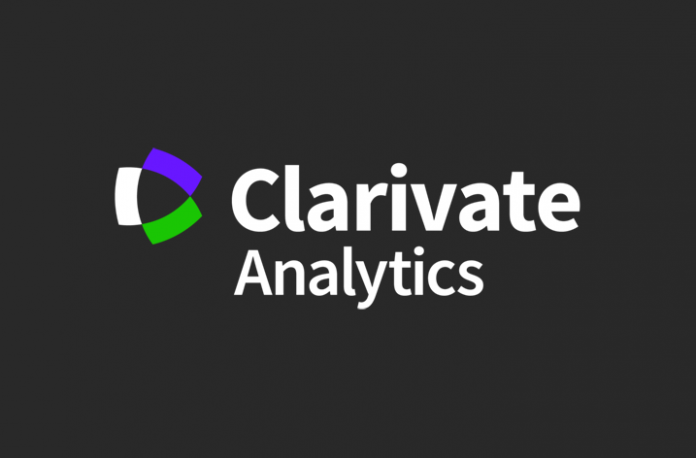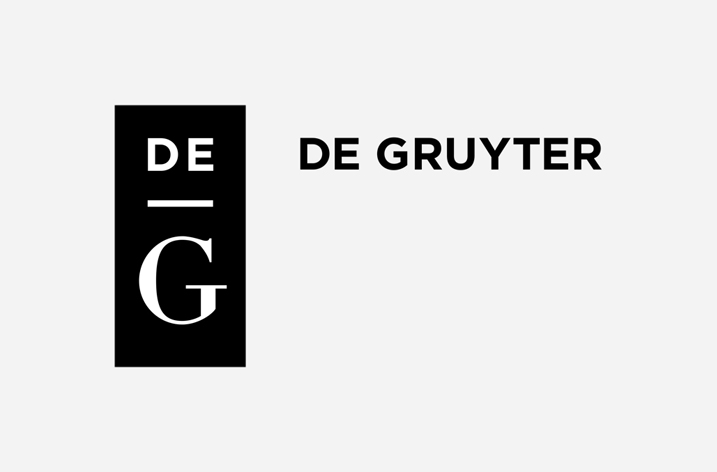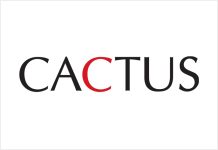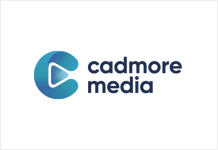
Clarivate Plc (NYSE:CCC), a global leader in providing trusted information and insights to accelerate the pace of innovation, today released the 2020 update to its annual Web of Science Journal Citation Reports™ (JCR). The annual JCR release enables the research community to evaluate the world’s high-quality academic journals using a range of indicators, descriptive data and visualizations. The reports are used by academic publishers across the globe to evaluate the impact of their journals relative to their field and promote them to the research community.
The JCR is based on 2019 data compiled from the Web of Science Core Collection™, the flagship collection in the world’s largest publisher-neutral global citation database.
The structured data are curated by the global team of experts at Clarivate, who continuously evaluate and select the collections of journals, books and conference proceedings covered to ensure accuracy in journal impact evaluations. These insights enable researchers, publishers, editors, librarians and funders to explore the key drivers of a journal’s value for diverse audiences, making better use of the wide body of data and metrics available in the JCR, including the Web of Science Journal Impact Factor™ (JIF).
Key highlights for 2020:
· The journals selected for inclusion: This year’s edition includes more than 12,000 journals from 83 countries across five continents and 236 research categories in the sciences and social sciences. More than 1,600 journals are fully open access. 351 journals have been added to the JCR this year – 178 of which are fully open access.
· New descriptive data on open access models: New data show each journal’s articles by access model. This provides the research community with transparent, publisher-neutral information about the relative contribution of articles published free to read and re-use under Creative Commons licenses (‘gold open access’) to a journal’s overall volume of content and citations. For the 7,487 hybrid journals in the JCR, readers are now quickly and easily able to identify:
o the number of papers published via the traditional subscription model, and
o those published via Creative Commons licenses.
· Objectivity in journal selection: Clarivate has suppressed 33 journals from the JCR this year to support the integrity of the reports, representing 0.27% of the journals listed. The JCR monitors and excludes journals that demonstrate anomalous citation behavior including where there is evidence of excessive journal self-citation and citation stacking. In 2020, the methodology and parameters for the effect of journal self-citation on JCR metrics has been updated to better account for discipline norms.
o In addition, an Editorial Expression of Concern has been issued for 15 journals with one or more published items with an atypically high-value contribution to the JIF numerator and a pattern of journal citations disproportionately concentrated into the JIF numerator. Clarivate will continue to review content of this type with the goal of developing additional screening for distortions of the Journal Impact Factor.
Keith Collier, Senior Vice President of Product, Science Group at Clarivate said: “For over 40 years publishers, institutions, funders and researchers have relied on unbiased data in the Web of Science Journal Citation Reports to identify and evaluate the world’s leading sciences and social sciences journals. The carefully selected and structured data within the JCR allows the research community to better understand citation impact trends and make confident decisions about their publication strategies.
“In 2020, we have added new descriptive data and updated self-citation parameters to further support the research community with trusted insights that can inform decisions and accelerate the pace of innovation.”
Each journal profile in JCR provides a rich array of indicators. This includes the Web of Science Journal Impact Factor, which identifies the frequency with which an average article from a journal is cited in a particular year; the Immediacy Index, which measures how frequently the average article from a journal is cited within the same year as publication; the journal’s rank in category, determined by Journal Impact Factor, expressed as a percentile; and cited half-life, which is the median age, in years, of items in any journal in the category that were cited during the JCR year, to name just a few.
For more information, please see our blog.
Visit the Journal Citation Reports website to explore all available data, metrics, and analysis. Our suppression policy can also be found on our website.
Follow us on Twitter via @WebofScience, #JCR2020.



























